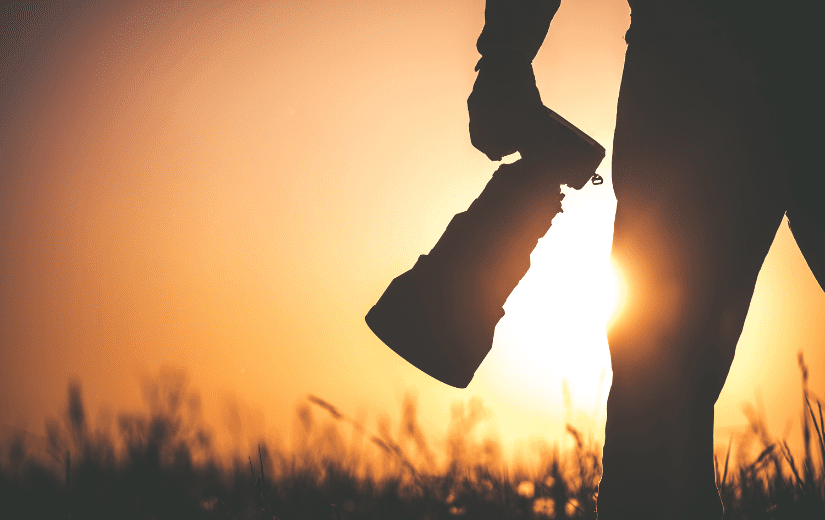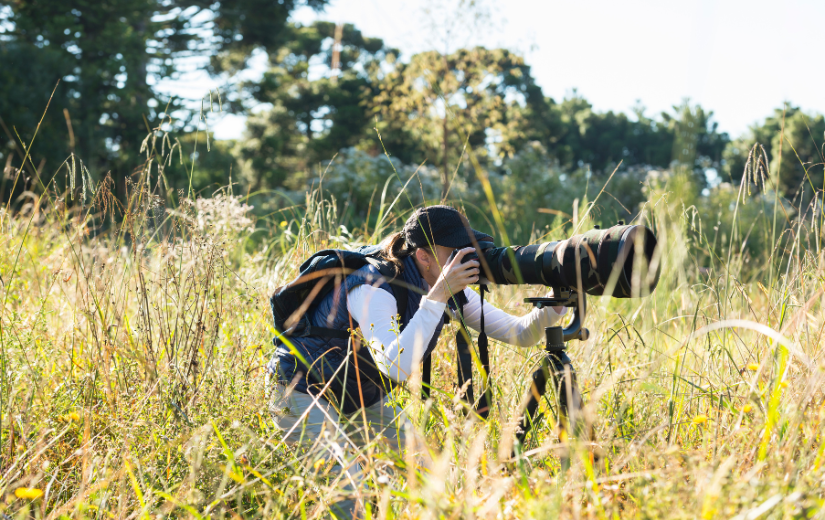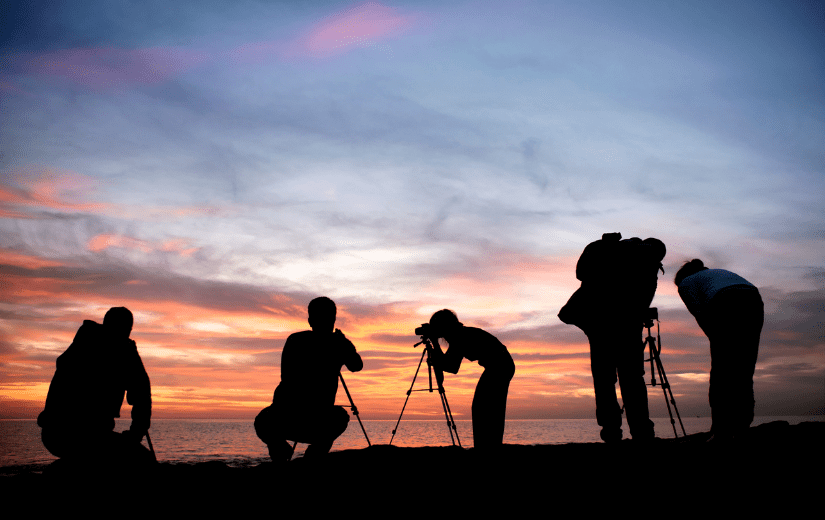Spending time outdoors watching and photographing wild animals is a great way to feel connected to nature and the creatures we share spaces with. British Columbia’s wide range of habitats and diversity of animals makes wildlife photography a popular activity for both amateurs and professionals. While visiting the homes of wild animals, photographers need to be aware that these animals are wild and take steps to protect themselves and the animals they are photographing.
Keep your distance
For the safety of wild animals and yourself, respect their wildness and keep your distance! The amount of space you should keep between yourself and an animal may vary depending on species, but generally, the larger the animal, the more distance there should be. It is recommended to stay at least 30 meters away from ungulates such as deer, moose, wild sheep and elk and 100 meters away from predators. Wild animals are much faster than humans and can cover a short distance very quickly. Even smaller animals, like songbirds and squirrels, should have a minimum distance of at least 10 feet to avoid unnecessary disturbance and habituation to people. Use binoculars or a zoom lens for a close-up view or photo to keep yourself safe and prevent habituation.

Understand animal behaviour
Wild animals may exhibit signs of stress when they are disturbed or feel threatened by human presence. These signs may vary depending on the species. Elk may stomp their hooves or move side to side, while birds may fluff up their feathers to appear larger, and some animals may freeze, hoping not to be seen. Mammals with babies will often freeze as a defence strategy. Although this can appear harmless, they may move their entire family after you leave if they feel the area is unsafe – this uses precious energy resources and disrupts their regular behaviour!
If you notice an animal feeling threatened or exhibiting signs of stress, back away and leave the area. Never turn your back on a wild animal as you are leaving. If an animal is feeling threatened and you turn your back on them, they may take the opportunity to defend themselves to stop the threat.

Don’t use food to attract animals
Don’t feed the animals – feeding habituates animals to be around humans and threatens their survival in the long term. Wildlife feeding can lead to poor welfare and even death and is a significant source of human-wildlife conflict.
Habituated animals are more likely to be hit by cars, caught by predators, or trapped and killed when they are perceived as a “nuisance” or public safety risk. Wildlife feeding can result in malnutrition from an improper diet and when animals get used to having an artificial abundance of food from humans, they can starve or become stressed and aggressive when the food runs out. Wildlife feeding also typically causes animals to gather in unnaturally large groups, facilitating the spread of disease.
Ultimately, feeding wildlife can lead to injury, illness or death for both people and wild animals. Big or small, don’t feed the animals.

Don’t sacrifice animal welfare or the environment for a great shot
Altering an animal’s behaviour, such as spooking a flock of birds for a shot of them flying, using a flash or light, or walking over delicate plant life to get a good photograph, causes harm to the animal and the environment they live in. Stay on designated trails and avoid stomping on delicate plant life to allow young plants to grow and minimize your impact on the ecosystem. Don’t cut or alter vegetation for a clear shot or to create a pathway closer to animals.
Many wildlife photographers get excited for migratory birds to land. Migration is an energy-intensive endeavour and birds use up calories and fatigue their muscles travelling vast distances. If you get too close, startle them and they take flight, they may use the last of their resources to fly away from you, leaving them vulnerable to predators and other threats. Never intentionally spook or scare animals for a photograph or use a flash or light that is too close and may disturb the wildlife you are viewing.

At the end of the day, wildlife photography is done out of a love for wildlife. Ensure it’s done respectfully and safely for the animals, the environment and the photographers, to avoid causing harm.
